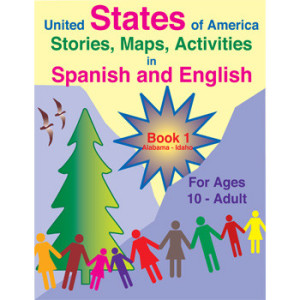This summer would be a great time to visit the public library. If you want to increase your reading fluency, you need to practice reading. Check out some good books and enjoy. Library cards are free. Go to your local library and get a card if you don’t have one yet.
Your local library might also provide literacy classes or one-on-one tutoring. Many libraries use our books for their literacy classes. Other libraries carry our workbooks.
Libraries have summer reading programs for children. Often children get prizes for reading so many books. Libraries may also have special hour programs for children.
Before making a trip to your local library, check their hours. They may be closed on certain days.
If you don’t have time to go to a literacy class or tutoring sessions, you can learn on your own. Our workbooks from our literacy series are good books to use. They can be used in conjunction with each other. For example: English Reading and Spelling for the Spanish Speaker Book 1 can be used with English Reading Comprehension for the Spanish Speaker Book 1, English Writing Composition for the Spanish Speaker Book 1 and English Vocabulary for the Spanish Speaker Book 1. Each series has six workbooks.
Visit our website at www.Fisher-Hill.com to find out more about our workbooks that can help Spanish-speaking teens and adults learn how to read, write and speak English.










